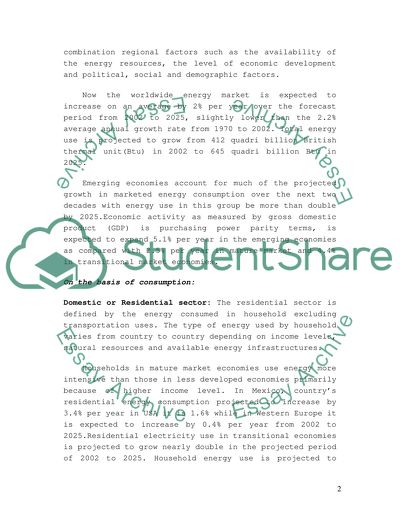Cite this document
(“Marketing of nuclear power Essay Example | Topics and Well Written Essays - 2500 words”, n.d.)
Retrieved from https://studentshare.org/miscellaneous/1500723-marketing-of-nuclear-power
Retrieved from https://studentshare.org/miscellaneous/1500723-marketing-of-nuclear-power
(Marketing of Nuclear Power Essay Example | Topics and Well Written Essays - 2500 Words)
https://studentshare.org/miscellaneous/1500723-marketing-of-nuclear-power.
https://studentshare.org/miscellaneous/1500723-marketing-of-nuclear-power.
“Marketing of Nuclear Power Essay Example | Topics and Well Written Essays - 2500 Words”, n.d. https://studentshare.org/miscellaneous/1500723-marketing-of-nuclear-power.


